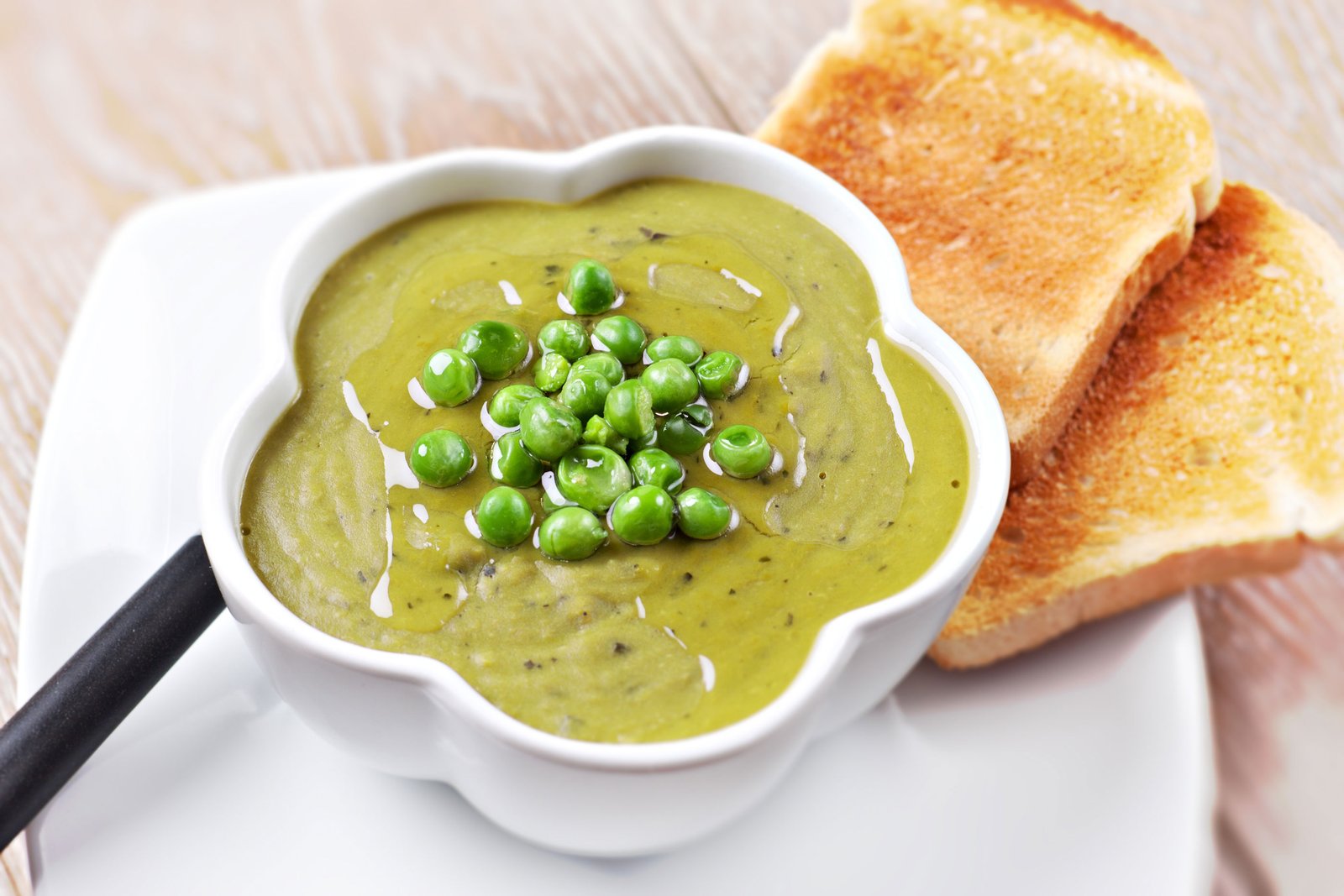Chlorophyll- A Preface
Chlorophyll first came into existence in every child’s life at school level when the process of photosynthesis was explained. This new learning made each child take note of wonders of nature. The connection one feels with nature is to each, his own. This explains the shift in market demands bending more towards manufacture and usage of nature-based goods. There has been a surge in demand of Chlorophyll in the recent past as it is derived naturally and with the same increased awareness of adopting the usage of natural colors.
Scientific Understanding
Chlorophyll is a pigment that occurs naturally in plants, wholly responsible for the green appearance in flora all around the world. Chlorophyll has been used as a natural colorant since times immemorial. It contains a chemical called chlorophyllin that has been used for health benefits as well. Chlorophyll is also an anti-oxidant and has anti-inflammatory properties. It is a green pigment that is accessible in intriguing forms.
Scientific Understanding
Autotrophs are plants that do not depend on any other factor to carry out the mechanism of photosynthesis. Chlorophyll is stored in miniscule cells placed in the leaves of the plant that are known as chloroplasts. There are plenty of pigments available in nature but what separates chlorophyll from all is the fact that it plays a pivotal role in facilitating the process of photosynthesis. Chlorophyll color is acquired from spinach, nettle, grass and lucerne-a perennial flowering plant. It is found in the majority of plants, specifically, their leaves that contain this chlorophyll pigment. Along with plants, it is also found in vegetables, grass and organisms that can conduct the process of photosynthesis.
Varied Tinge With Stability Like None Other
Chlorophyll food coloring is a vibrant pigment that best provides a shade of olive green and bright green. NATRACOL under ROHA produces only natural food colors that are sourced carefully while maintaining the nutritious value of products. NATRACOL offers two types of green food coloring- standard chlorophyllin and copper chlorophyllin. The difference between these two types is best explained in terms of tinge that each provides and the stability that each offers. Standard chlorophyllin provides poor stability to heat and light and does not provide the desired depth of the shade. On the other hand, copper chlorophyllin gives out a bright green shade and is supremely stable to light and heat. Such properties make it a pigment of admiration and is a popular choice among the below listed applications.
Mindful Utilization
Given below is an interesting list of applications for the bright green color:
- Confectionery
- Desserts
- Beverages
- Dairy products
- Ice-cream
- Fruit preparation
- Bakery items
- Soups
- Sauces
- Snack food
- Seasonings
- Convenience food
Exhibits Of ROHA
ROHA has been at the forefront of providing the best color solutions to the ever-evolving food industry needs. The keen vision of ROHA has remained unchanged over the decades-to contribute globally and to always remain up-to-date with the dynamics of the market. NATRACOL products are natural food colors that are garnered meticulously while keeping the nutritious value of products intact.
The multiple forms of this green food color that ROHA offers are:
- Aqueous form-high solubility in water
- Powdered form-high solubility in water
- Aqueous form-high stability in acid
- Powdered form-high stability in acid
- Aqueous form-high solubility in liquid
For queries please get in touch with us.





Global
Simpsons